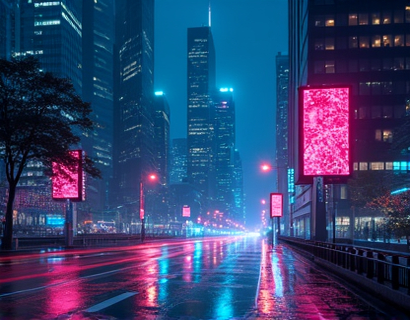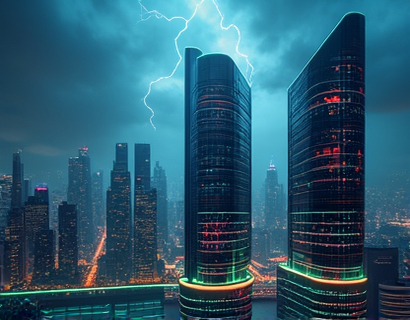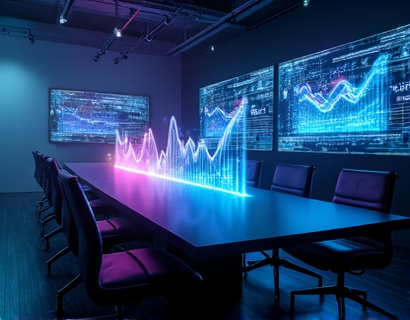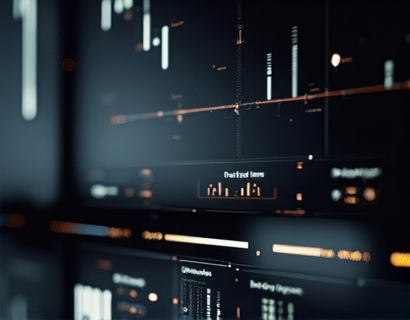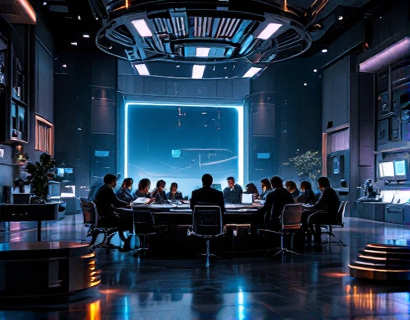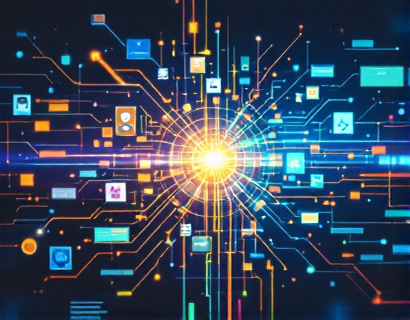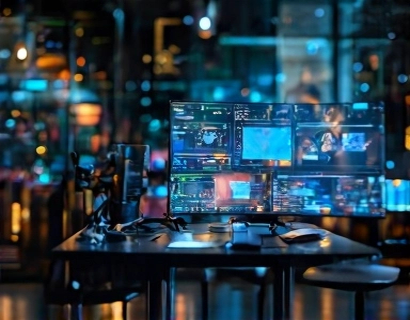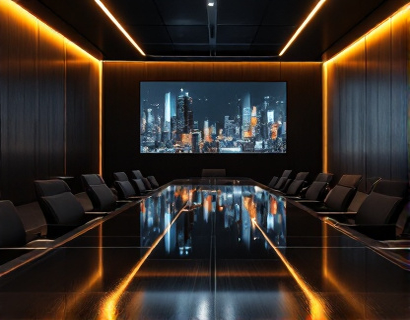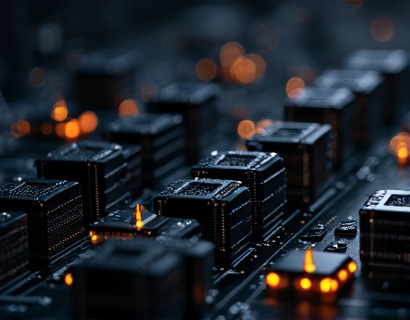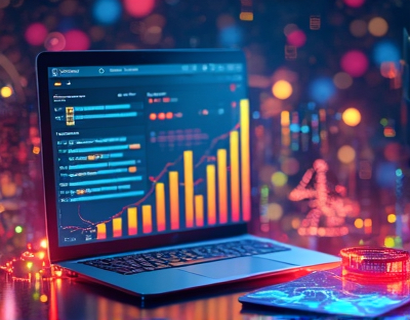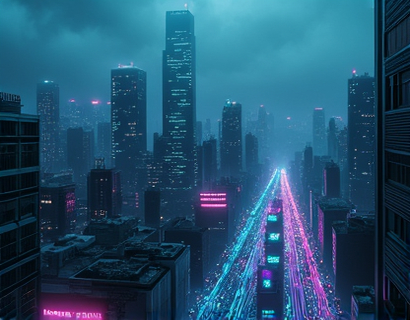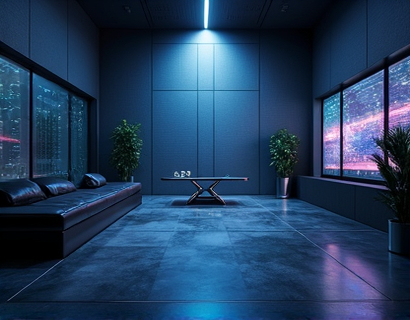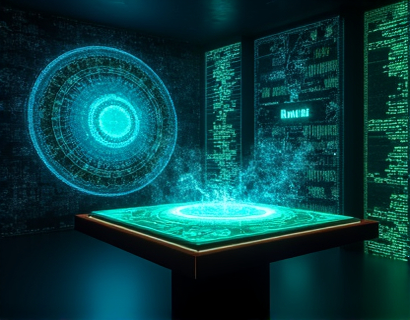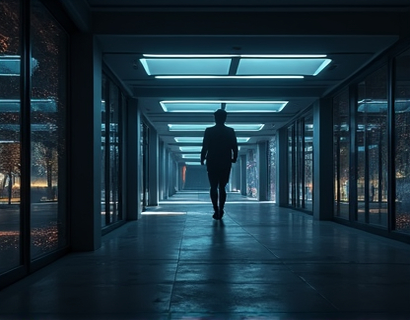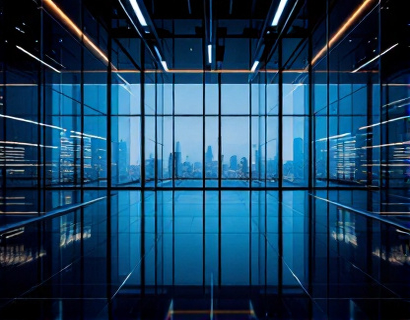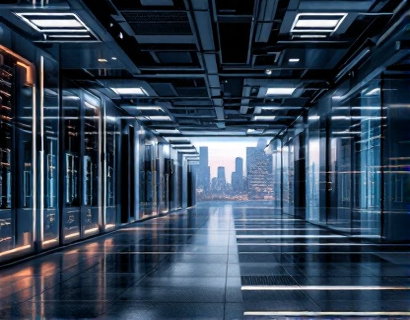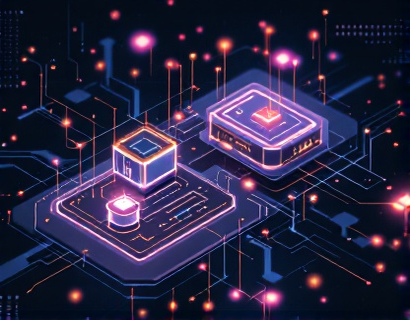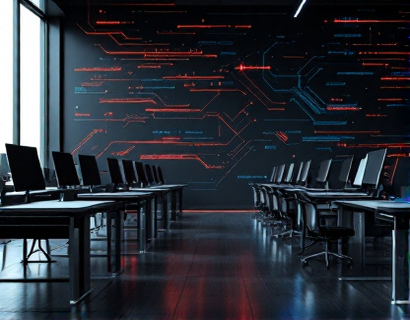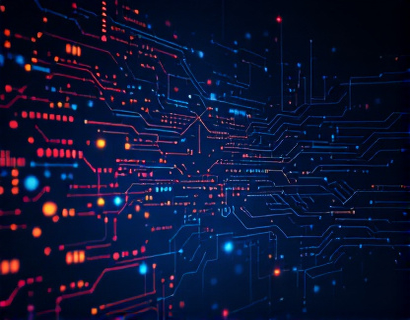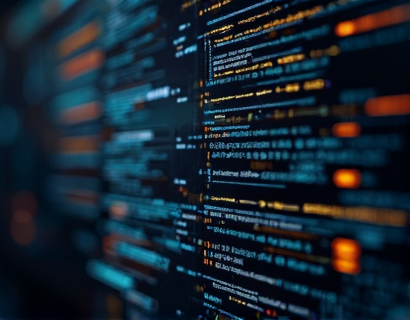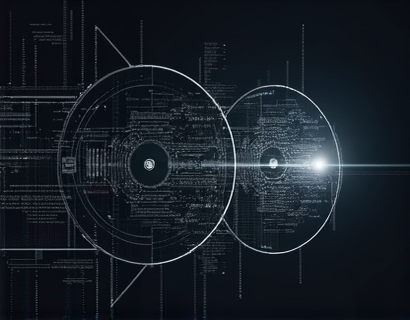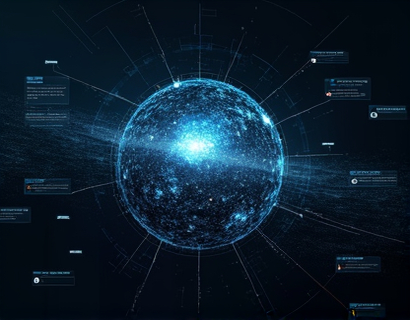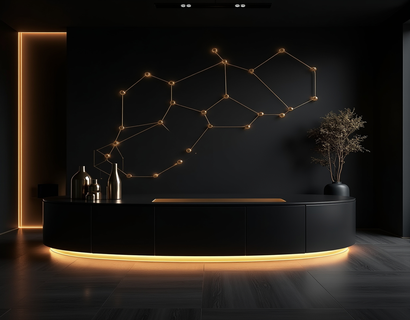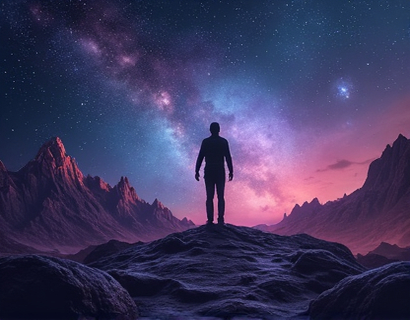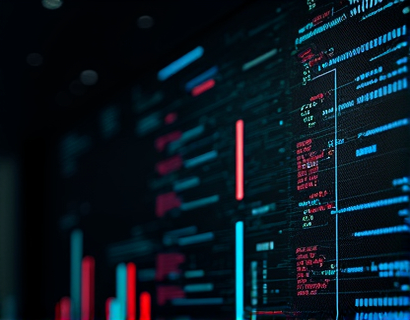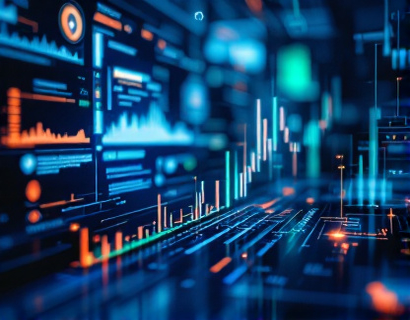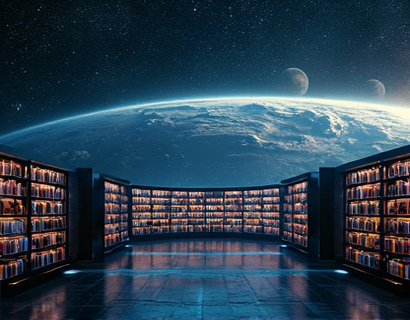AI-Powered Graphic Creation: Simplifying Visual Design for Everyone
In today's digital age, visual content is more important than ever. From social media posts to marketing materials, the demand for high-quality graphics is skyrocketing. However, not everyone has the skills or resources to create stunning visuals. This is where AI-powered graphic creation comes into play, revolutionizing the way individuals and businesses approach design. With intelligent online tools, graphic design is becoming accessible to everyone, regardless of their experience level.
The Rise of AI in Graphic Design
Artificial intelligence has made significant strides in various fields, and graphic design is no exception. AI-powered tools are designed to assist users in creating visuals that are not only aesthetically pleasing but also effective in conveying messages. These tools leverage machine learning algorithms to analyze design trends, user preferences, and even color psychology, enabling them to suggest layouts, color schemes, and design elements that resonate with target audiences.
Who Can Benefit from AI-Powered Graphic Design?
The beauty of AI-powered graphic design tools is that they cater to a wide range of users. Here are some groups that can significantly benefit from these innovative platforms:
- Graphic Designers: Even seasoned professionals can enhance their workflow with AI tools, allowing them to focus on more complex design tasks while automating repetitive processes.
- Marketing Professionals: Marketers can create eye-catching visuals for campaigns quickly, ensuring that their content stands out in a crowded marketplace.
- Small Business Owners: Entrepreneurs often wear many hats, and AI graphic design tools can help them create professional-looking materials without the need for a full-time designer.
- Social Media Managers: With the constant need for fresh content, AI tools can streamline the creation of engaging posts that capture audience attention.
- Content Creators: Bloggers, YouTubers, and podcasters can use AI-generated graphics to enhance their content and improve viewer engagement.
- Freelancers: Freelancers can save time and increase productivity by utilizing AI tools to generate graphics for their clients.
- Educators: Teachers can create visually appealing educational materials that enhance learning experiences for students.
- Non-Profit Organizations: Non-profits can leverage AI tools to create impactful visuals that communicate their mission and engage supporters.
- Creative Hobbyists: Individuals with a passion for creativity can explore their artistic side without the steep learning curve traditionally associated with graphic design.
Key Features of AI-Powered Graphic Design Tools
AI-powered graphic design tools come equipped with a variety of features that simplify the design process. Here are some key functionalities that make these tools stand out:
- Template Libraries: Many AI design platforms offer extensive libraries of templates tailored for different purposes, such as social media posts, flyers, and presentations. Users can choose a template that fits their needs and customize it to their liking.
- Drag-and-Drop Interface: User-friendly interfaces allow individuals to easily manipulate design elements without needing advanced technical skills. This accessibility encourages creativity and experimentation.
- Automated Design Suggestions: AI algorithms analyze user input and suggest design elements, color palettes, and layouts that align with current trends and best practices.
- Image Editing Tools: Users can edit images directly within the platform, adjusting brightness, contrast, and saturation, or applying filters to enhance visual appeal.
- Collaboration Features: Many AI design tools allow for real-time collaboration, enabling teams to work together seamlessly, regardless of their physical location.
- Export Options: Users can easily export their designs in various formats, ensuring compatibility with different platforms and media.
How AI is Changing the Design Landscape
The integration of AI in graphic design is not just a trend; it represents a fundamental shift in how visuals are created and consumed. Here are some ways AI is changing the design landscape:
- Democratization of Design: AI tools are making graphic design accessible to everyone, regardless of skill level. This democratization allows more people to express their creativity and share their ideas visually.
- Increased Efficiency: By automating repetitive tasks, AI tools enable designers to focus on higher-level creative work, leading to increased productivity and faster project turnaround times.
- Personalization: AI can analyze user behavior and preferences, allowing for the creation of personalized graphics that resonate with specific audiences.
- Data-Driven Design: AI tools can analyze data from previous campaigns to inform design decisions, ensuring that visuals are not only beautiful but also effective in achieving marketing goals.
- Continuous Learning: AI systems learn from user interactions, continuously improving their suggestions and capabilities over time, which enhances the overall user experience.
Challenges and Considerations
While AI-powered graphic design tools offer numerous benefits, there are also challenges and considerations to keep in mind:
- Quality Control: While AI can generate designs quickly, the quality may vary. Users should always review and refine AI-generated graphics to ensure they meet their standards.
- Over-Reliance on Technology: Relying too heavily on AI tools may stifle creativity. It's essential for users to balance automation with their unique artistic vision.
- Intellectual Property Concerns: As AI generates designs, questions about ownership and copyright may arise. Users should be aware of the terms of service of the tools they use.
- Learning Curve: While many AI tools are user-friendly, there may still be a learning curve for those unfamiliar with graphic design concepts.
Getting Started with AI-Powered Graphic Design
For those interested in exploring AI-powered graphic design, here are some steps to get started:
- Identify Your Needs: Determine what type of graphics you need, whether for social media, marketing, or personal projects.
- Choose the Right Tool: Research and select an AI graphic design tool that aligns with your needs and skill level. Look for features that are important to you, such as templates, editing capabilities, and collaboration options.
- Explore Tutorials: Many platforms offer tutorials and resources to help users get acquainted with their tools. Take advantage of these to maximize your experience.
- Experiment: Don’t be afraid to experiment with different designs, layouts, and color schemes. AI tools encourage creativity, so take the time to explore various options.
- Seek Feedback: Share your designs with peers or colleagues to gather feedback. Constructive criticism can help you improve and refine your work.
Future Trends in AI-Powered Graphic Design
The future of AI in graphic design is promising, with several trends on the horizon:
- Enhanced Customization: As AI technology advances, users can expect even more personalized design experiences, with tools that adapt to individual preferences and styles.
- Integration with Other Technologies: AI graphic design tools may increasingly integrate with other technologies, such as augmented reality (AR) and virtual reality (VR), creating immersive design experiences.
- Collaboration with Human Designers: Rather than replacing human designers, AI tools will likely serve as collaborators, enhancing the creative process and allowing for more innovative outcomes.
- Focus on Sustainability: As environmental concerns grow, AI tools may incorporate features that promote sustainable design practices, such as eco-friendly color palettes and materials.
Conclusion
AI-powered graphic creation is transforming the landscape of visual design, making it more accessible and efficient for everyone. Whether you are a graphic designer, marketer, small business owner, or creative hobbyist, these intelligent online tools empower you to bring your ideas to life with ease. As technology continues to evolve, the possibilities for AI in graphic design are limitless, paving the way for a future where creativity knows no bounds.




